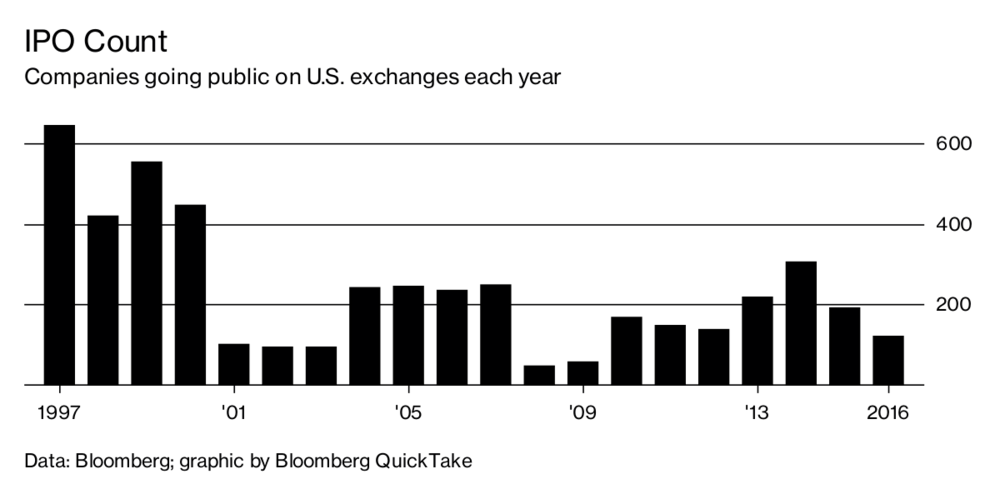Our dithering government may not know what to make of cryptocurrencies.
But hedge funds do. They’ve already made up their minds.
After all, they’re in the business of making money for their clients, something they haven’t done very well in recent years.
What they are good at is sniffing out new and exciting investment opportunities.
Of course, it doesn’t take a keen nose to discern the enticing aroma of “am I dreaming” gains emanating from the cryptocurrency (or crypto for short) space.
Consider these recent returns…
- 75,063% from Cryptonite
- 59,577% from Influxcoin
- 60,450% from MaxCoin
- And a massive 823,750% from DubaiCoin.
These are some of the smaller coins that have skyrocketed in the past few months. But the larger ones have also surged.
In less than a year, for example, Ethereum has shot up more than 3,000%.
So it’s not surprising that there are more than 15 newly minted cryptocurrency hedge funds. And, according to Hedge Fund Alert, 25 more are on the way.
One of the more interesting ones?
MetaStable Capital. For one thing, it represents a “who’s who” of Silicon Valley professional investors, including Andreessen Horowitz, Sequoia Capital, Union Square Ventures, Founders Fund and Bessemer Venture Partners.
This isn’t just the smart money. This is the smartest of the smart money.
Then again, it’s not that hard to put your faith and money in one of MetaStable’s founders, Naval Ravikant.
As the founder and CEO of AngelList, he’s well-known to us. Ravikant was instrumental in making AngelList the go-to startup portal for angel investors.
And, impressively, he did it in the very early years of online startup investing, before it became a thing.
Early is what Ravikant excels at. He…
- Recognizes burgeoning tech trends early
- Makes an investment
- Establishes a beachhead for others to invest
- Becomes a leader and influential insider in the space.
MetaStable currently owns about a dozen different cryptocurrencies, including bitcoin, Ethereum and Monero.
Fortune estimates that MetaStable’s returns since its inception now exceed 1,000%.
That’s pretty good.
To get into this fund, all you need to do is write a check for $1 million and be willing to pay the typical “2 and 20” fees hedge funds foist on their limited partners. So for every $10,000 profit you make, you give back $2,000 plus $200 to the fund.
Alternatively, you could choose to invest on your own.
You’d have plenty of company.
Some people are very familiar with this corner of the investing world. Perhaps they’re blockchain developers or entrepreneurs in blockchain-related companies. Others are serious investors with the background necessary to understand and follow blockchain technology developments.
But many are newcomers to crypto investing.
This is the group Adam and I worry about. They can be overly swayed by the hype ICOs try to generate when they launch. And they’re more liable to overreact to bad news.
MetaStable and this group share an interesting (some would say symbiotic) connection.
Josh Seims, who co-founded MetaStable along with Ravikant and Lucas Ryan, says the fund takes a sort of Warren Buffett approach of investing when others are fearful.
Its pitch deck points out an incident when Bitfinex, a major cryptocurrency exchange, was hacked. The price of bitcoin dropped more than 20%. MetaStable doubled its bitcoin position. Since then, bitcoin has more than quadrupled.
If MetaStable is the “smart money,” then this impressionable group of relatively inexperienced investors is the so-called “dumb money.”
More than most people, I appreciate MetaStable’s value investing approach. Heck, I began my investing career many years ago as a value investor.
And if everybody could join MetaStable’s fund, I’d tell them, “more power to you.”
But that’s not the case. Hedge funds, as you well know, are for the very wealthy.
Crypto investing is open to anybody who knows how to open an account on Coinbase.com or Bittrex.com. That can be and should be a good thing… as long as investors are smart about it and avoid knee-jerk reactions.
There are two ways you can go about crypto investing…
Educate yourself. Understand how the various crosscurrents push and pull the crypto markets. Understand use cases and the concept of scaling. Is the market or need being addressed big enough? And will the technology accommodate it?
Or join the “smart money.” The good news? That doesn’t have to mean writing out million-dollar checks to gain entry to a hedge fund.
Instead, you can join a new crypto investing service my Co-Founder Adam is taking the lead on.
Adam understands more about this sector than anybody else I know. He’s an independent thinker and outstanding investor. He jumped into cryptocurrencies extremely early. He bought bitcoin at $83.40, making a 2,400% gain to date.
He bought Ethereum at $9.70, before it rocketed up to nearly $300. He’s up 3,000% so far.
And now he’s creating a financial service dedicated to helping interested investors make smart investments in digital coins, blockchain technologies and ICOs. The service is affordable and promises to give people the inside track for the best opportunities in the crypto investing space.
Sound familiar?
Adam is following the Ravikant script: recognize the trend early, invest early and then pave the way for others to invest.
And I’m not going out on a limb when I say that Adam is an early adopter and thought leader in the growing crypto investing community.
(Full disclosure: I would never get on board with any kind of crypto investing service if it weren’t being spearheaded by someone of Adam’s caliber.)
We like MetaStable. We like Ravikant and its other founders. But it’s not for everybody.
Our crypto investing service is. It doesn’t cost an arm and a leg. And it’s coming your way soon.
Good investing,
Andy Gordon
Co-Founder, Early Investing
Can a $10 Bill Really Fund Your Retirement? The digital currency markets are delivering profits unlike anything we’ve ever seen. 23 recently doubled in a single week. And some like DubaiCoin have jumped as much as 8,200X in value in 18 months. It’ unprecedented... but you won’t receive any of the rewards unless you put a little money in the game. Find out how $10 could make you rich HERE.
Source: Early Investing


 This week, I’m shaking things up a bit. I’m writing to you from a cozy little cabin in the Smoky Mountains just outside of Gatlinburg, Tennessee. I’m sitting at a stylized log-cabinesque kitchen table as my family enjoys the outdoors in a cold mountain stream right behind our back door.
This week, I’m shaking things up a bit. I’m writing to you from a cozy little cabin in the Smoky Mountains just outside of Gatlinburg, Tennessee. I’m sitting at a stylized log-cabinesque kitchen table as my family enjoys the outdoors in a cold mountain stream right behind our back door.
 Remember, trading IPO stocks can be a risky bet, but it can also be quite rewarding. After all, you have to take a few chances here and there to keep your portfolio fresh.
Remember, trading IPO stocks can be a risky bet, but it can also be quite rewarding. After all, you have to take a few chances here and there to keep your portfolio fresh.